Algarve
Tour
Duration
Distance
Moderate, between 35 and 85 kilometers per day with an elevation gain between 300 and 1000 meters.
The starting point is different from the ending point, with overnight stays in different hotels and daily stages.
Because we guarantee you the lowest price and if your tour is not available or confirmed, you can always opt for the refund of the amount paid, or choose another tripfrom the over 800 on the platform.
Some of our tours are not available or bookable at the moment. If you are interested in this tour, then ask our team for more information on upcoming availability, or on a similar tour available or bookable immediately!
Of course! You can participate in any tour with your own bicycle or rent one. However, we recommend renting because not all spare parts are the same, and only with our bikes can we guarantee the best mechanical assistance.
You will always have an emergency phone number to refer to. In self-guided trips, you should be able to perform minor repairs, like replacing a tube in case of a puncture, or fixing a dropped chain, but you can always count on local assistance for more serious breakdowns.
We classify tours on a scale from 1 to 5 based on length, elevation, and complexity of the itinerary, but if you have doubts, contact us and we will help you find the most suitable journey for you.
The rental cost varies depending on the bicycle model and the duration of the tour. For some tours, we offer the possibility to rent different types of bicycles. During the purchase process for each route, you will be asked to indicate your preferred bike type and the corresponding price will be shown, so you can choose freely and without surprises.
Yes, rented bicycles are equipped with all necessary accessories to comply with road traffic regulations (lights, bell, etc.). A lock, repair kit, and a bag to carry everything you need for a day in the saddle are always included in the rental. Additionally, we offer the option to request extra accessories based on your needs.
Itineraries that might interest you
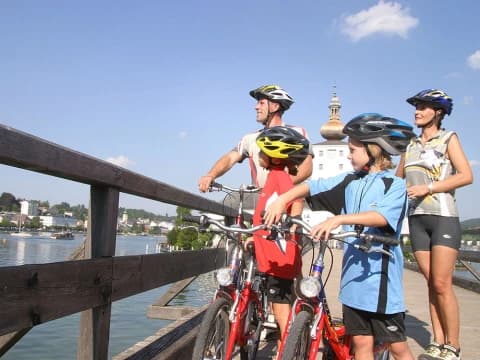
Chosen by 132 people
Starting from
€714
per person
Minimum
2 people
From Linz to Vienna with Family
Austria
205km
8 days
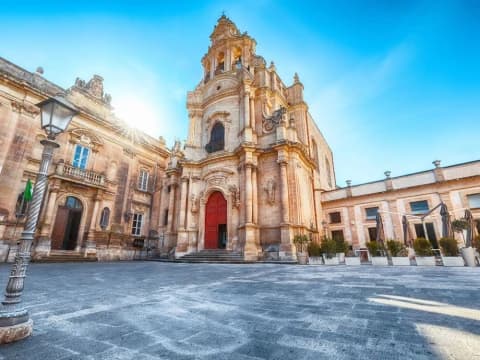
Chosen by 36 people
Starting from
€1125
per person
Minimum
1 person
The Baroque cities of Eastern Sicily by bike
Italy
293km
8 days

Chosen by 15 people
Starting from
€1099
per person
Minimum
1 person
The West Coast of Sweden by Bike with Family
Northern Europe
390km
8 days
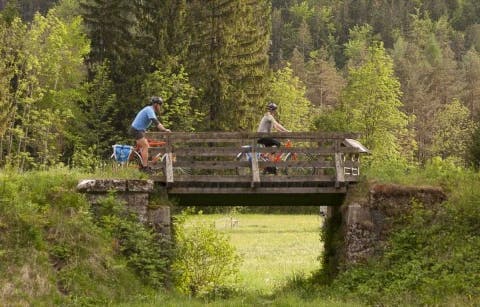
Chosen by 42 people
Starting from
€1194
per person
Minimum
1 person
The Pearls of Slovenia by Bike
Estern Europe
284km
8 days
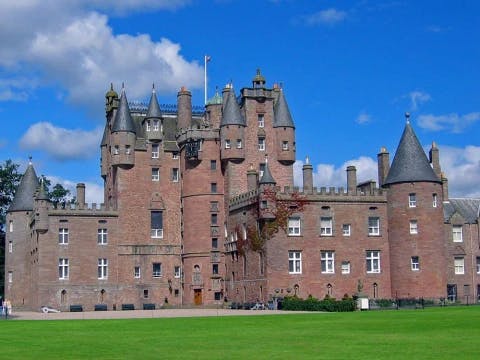
Chosen by 30 people
Starting from
€1144
per person
Minimum
2 people
The tour of Scottish castles
Scotland
288km
8 days

Chosen by 54 people
Starting from
€1339
per person
Minimum
2 people
Provence and Camargue by bicycle
France
244km
8 days

Chosen by 111 people
Starting from
€1040
per person
Minimum
1 person
From Amsterdam to Bruges by bike
Holland
330km
8 days
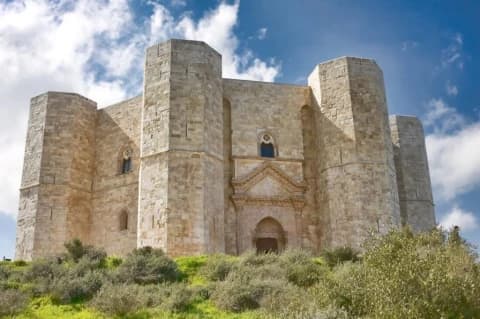
Chosen by 33 people
Starting from
€1007
per person
Minimum
1 person
By bike among the Unesco sites of Puglia and Basilicata
Italy
310km
8 days
Cyclando srl
Tour operator with Europe Assistance RC Insurance 4249713 - Registered with the Guarantee Fund with A.I.A.V. Associazione Italiana Agenti di Viaggio trough IL SALVAGENTE s.c. a r.l.. All rights reserved.
VAT ID: 03880320365
© Cyclando 2025 - All rights reserved.
Version 1.32.4
Navigation
Frequent QuestionsContributionsBlogWho we arePlant a tree!General conditions of sale of tourist packagesB2B Terms and ConditionsSign up and receive unique travel offers!
Become part of our community, stay updated on our activities